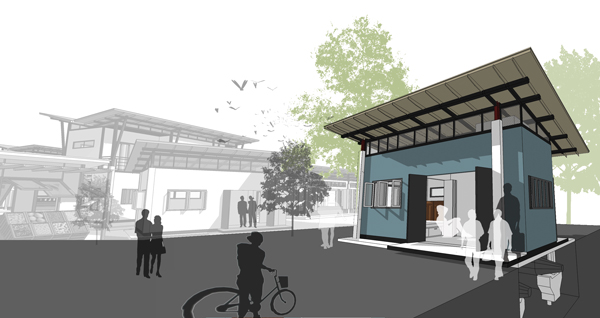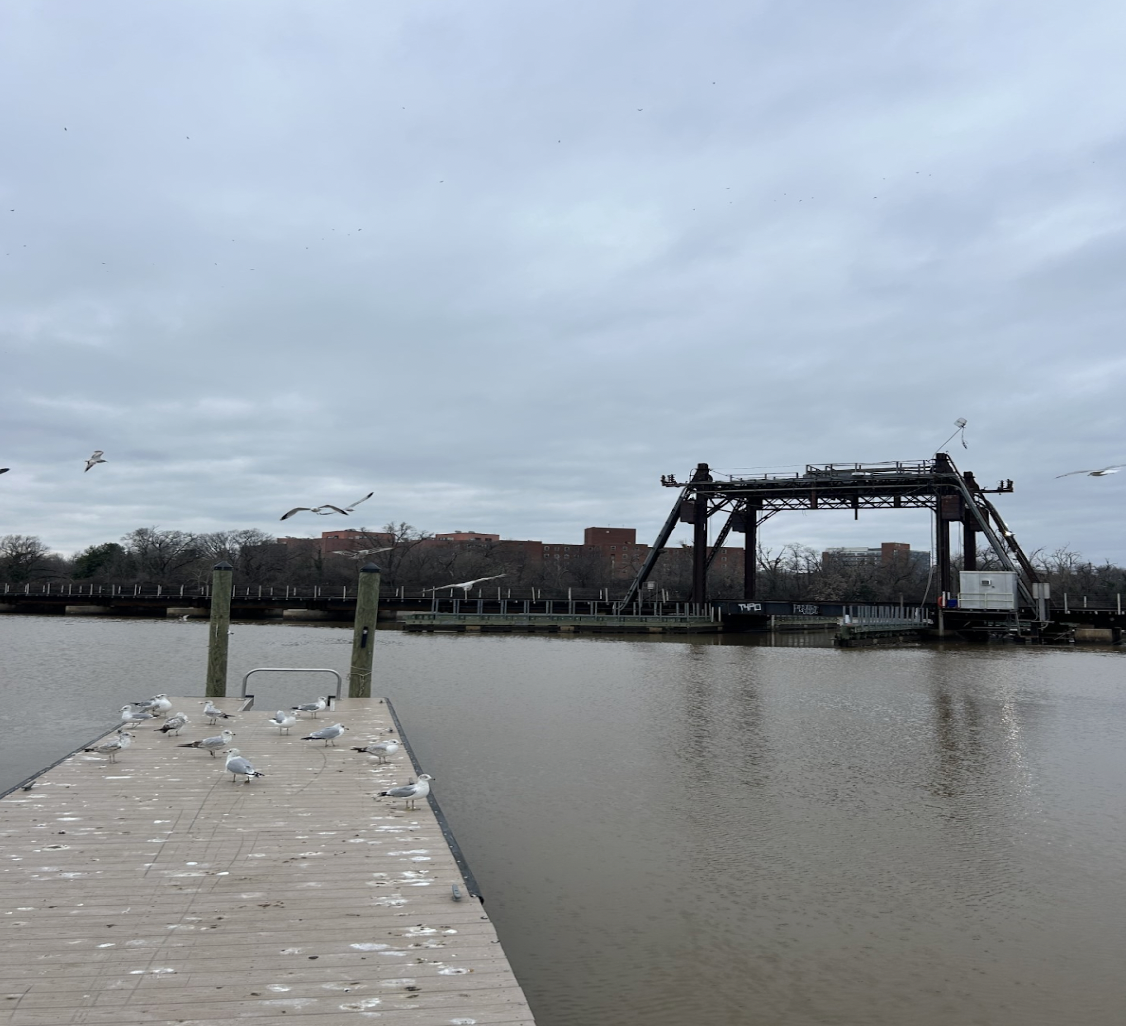
Amphibious Houses: Floating Homes That Rise With the Sea Level

The past couple of years, one of the most significant changes that is happening to Thailand has been the flood problem. Sometimes the flood occurs in communities where there has been no history of flood. Sometimes it occurs un-seasonally in flood prone regions. Many times, the floods are much higher and stronger than in the past.
A flood is one of the worst natural disasters. Devastation that is the result of flood affects the community deeply. Belongings and history are washed away with the water.
We are looking for a permanent solution for these communities. If the flood problem is getting worse every year, what must be changed in these communities for them to be able to live with the flood? Will simple solution such as relocation solve the problem?
When we look back at the history of settlements of Siam (former name of Thailand), we see that all of the settlements were situated along the rivers. Both Ayutthaya and Bangkok were called ‘Venice of the East’ by western merchants. How did they cope with flood in the past?
The obvious answer is that houses were built on stilts. Another obvious answer is that some of the homes were built as rafts. Building homes with stilts or as rafts was fine when the communities were focused along the river. But since the modern communities are now focused on the roads, how would an architect design a house that sits on the ground and can survive the flood?
Through our research, there were a few communities in southern Thailand that had built their homes as raft on short pilings. So we embraced this idea as a starting point.
Our ‘Amphibious Houses’ are designed using a prefabricated steel floatation system. This floatation device sits in the trench under the house for two reasons. One, the entire system can be hidden, so the house does not look too unusual from the surrounding context. Another reason is that since the depression collects water when it rains. As the water level rises, the depression gets filled with water and the house will be pre-buoyant in case of flood.
The homes will be built using prefabricated panels with steel framing. This construction method allows that homes to be much lighter than traditional construction yet remain very strong for everyday abuse.
In time of flood, the most important thing is the survival. The design of amphibious homes has built-in back-up systems including food storage, rain collection and power generation systems. These homes are latticed together in group of 5 to 10 to form a mini community in time of flood. This allows mini community to be self sustain for a longer period, and eases the arrival of external help.
Typically, there are four building types that make up Thai community.
- Residential buildings are homes to the residence. The size of home is normally based upon the number of the family members.
- Commercial buildings are usually small open buildings that being use for small shops, farm stands or food stalls.
- Residential and commercial hybrid buildings are also common in these communities. Adaptability and flexibility allows that each habitant to create and personalize their homes.
- Civic buildings in these communities are usually designed to be multi-purposes. Residences adapt and modify the building for use depending on the event of the day.





















